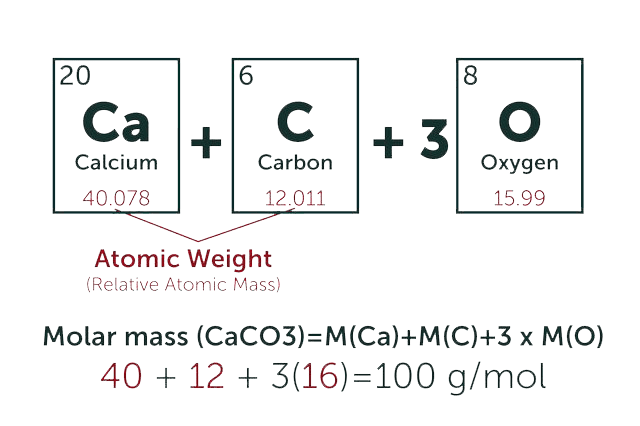Etamycin A
* Please be kindly noted products are not for therapeutic use. We do not sell to patients.

| Category | Antibiotics |
| Catalog number | BBF-01705 |
| CAS | 299-20-7 |
| Molecular Weight | 879.01 |
| Molecular Formula | C44H62N8O11 |
| Purity | >98% |
Online Inquiry
Description
Etamycin A is an ester peptide antibiotic produced by Streptomyces sp. Activity against gram-positive bacteria and mycobacteria.
Specification
| Synonyms | Viridogrisein I; Viridogrisein; Etamycin |
| Storage | -20°C |
| IUPAC Name | 3-hydroxy-N-[24-hydroxy-7,11,13,17,20-pentamethyl-16-(3-methylbutan-2-yl)-3-(2-methylpropyl)-2,5,9,12,15,18,21-heptaoxo-10-phenyl-8-oxa-1,4,11,14,17,20-hexazabicyclo[20.3.0]pentacosan-6-yl]pyridine-2-carboxamide |
| Canonical SMILES | CC1C(C(=O)NC(C(=O)N2CC(CC2C(=O)N(CC(=O)N(C(C(=O)NC(C(=O)N(C(C(=O)O1)C3=CC=CC=C3)C)C)C(C)C(C)C)C)C)O)CC(C)C)NC(=O)C4=C(C=CC=N4)O |
| InChI | InChI=1S/C44H62N8O11/c1-23(2)19-30-42(60)52-21-29(53)20-31(52)43(61)49(8)22-33(55)50(9)36(25(5)24(3)4)40(58)46-26(6)41(59)51(10)37(28-15-12-11-13-16-28)44(62)63-27(7)34(38(56)47-30)48-39(57)35-32(54)17-14-18-45-35/h11-18,23-27,29-31,34,36-37,53-54H,19-22H2,1-10H3,(H,46,58)(H,47,56)(H,48,57) |
| InChI Key | SATIISJKSAELDC-UHFFFAOYSA-N |
Properties
| Appearance | White Powder |
| Antibiotic Activity Spectrum | Gram-positive bacteria; mycobacteria |
| Boiling Point | 1213.8±65.0 °C at 760 mmHg |
| Melting Point | 168-170°C |
| Density | 1.3±0.1 g/cm3 |
| Solubility | Soluble in Water, DMSO |
Reference Reading
1. Antibacterial Compounds from Marine Bacteria, 2010-2015
Claudia Schinke, Thamires Martins, Sonia C N Queiroz, Itamar S Melo, Felix G R Reyes J Nat Prod. 2017 Apr 28;80(4):1215-1228. doi: 10.1021/acs.jnatprod.6b00235. Epub 2017 Mar 31.
This review summarizes the reports on antibacterial compounds that have been obtained from marine-derived bacteria during the period 2010-2015. Over 50 active compounds were isolated during this period, most of which (69%) were obtained from Actinobacteria. Several compounds were already known, such as etamycin A (11) and nosiheptide (65), and new experiments with them showed some previously undetected antibacterial activities, highlighting the fact that known natural products may be an important source of new antibacterial leads. New broad-spectrum antibacterial compounds were reported with activity against antibiotic resistant Gram-positive and Gram-negative bacteria. Anthracimycin (33), kocurin (66), gageotetrins A-C (72-74), and gageomacrolactins 1-3 (86-88) are examples of compounds that display promising properties and could be leads to new antibiotics. A number of microbes produced mixtures of metabolites sharing similar chemical scaffolds, and structure-activity relationships are discussed.
2. Etamycin as a Novel Mycobacterium abscessus Inhibitor
Bui Thi Bich Hanh, Tae Ho Kim, June-Woo Park, Da-Gyum Lee, Jae-Sung Kim, Young Eun Du, Chul-Su Yang, Dong-Chan Oh, Jichan Jang Int J Mol Sci. 2020 Sep 21;21(18):6908. doi: 10.3390/ijms21186908.
The increase in drug-resistant Mycobacterium abscessus, which has become resistant to existing standard-of-care agents, is a major concern, and new antibacterial agents are strongly needed. In this study, we introduced etamycin that showed an excellent activity against M. abscessus. We found that etamycin significantly inhibited the growth of M. abscessus wild-type strain, three subspecies, and clinical isolates in vitro and inhibited the growth of M. abscessus that resides in macrophages without cytotoxicity. Furthermore, the in vivo efficacy of etamycin in the zebrafish (Danio rerio) infection model was greater than that of clarithromycin, which is recommended as the core agent for treating M. abscessus infections. Thus, we concluded that etamycin is a potential anti-M. abscessus candidate for further development as a clinical drug candidate.
3. Discovery of Nosiheptide, Griseoviridin, and Etamycin as Potent Anti-Mycobacterial Agents against Mycobacterium avium Complex
Kanji Hosoda, Nobuhiro Koyama, Akihiko Kanamoto, Hiroshi Tomoda Molecules. 2019 Apr 16;24(8):1495. doi: 10.3390/molecules24081495.
Mycobacterium avium complex (MAC) is a serious disease mainly caused by M. avium and M. intracellulare. Although the incidence of MAC infection is increasing worldwide, only a few agents are clinically used, and their therapeutic effects are limited. Therefore, new anti-MAC agents are needed. Approximately 6600 microbial samples were screened for new anti-mycobacterial agents that inhibit the growth of both M. avium and M. intracellulare, and two culture broths derived from marine actinomycete strains OPMA1245 and OPMA1730 had strong activity. Nosiheptide (1) was isolated from the culture broth of OPMA1245, and griseoviridin (2) and etamycin (viridogrisein) (3) were isolated from the culture broth of OPMA1730. They had potent anti-mycobacterial activity against M. avium and M. intracellulare with minimum inhibitory concentrations (MICs) between 0.024 and 1.56 μg/mL. In addition, a combination of 2 and 3 markedly enhanced the anti-mycobacterial activity against both M. avium and M. intracellulare. Furthermore, a combination 2 and 3 had a therapeutic effect comparable to that of ethambutol in a silkworm infection assay with M. smegmatis.
Recommended Products
| BBF-03819 | Spinosyn A | Inquiry |
| BBF-03488 | Streptozotocin | Inquiry |
| BBF-02582 | Polyporenic acid C | Inquiry |
| BBF-05806 | Zeaxanthin | Inquiry |
| BBF-04727 | Strigolactone GR24 | Inquiry |
| BBF-03880 | Cyclopamine | Inquiry |
Bio Calculators
* Our calculator is based on the following equation:
Concentration (start) x Volume (start) = Concentration (final) x Volume (final)
It is commonly abbreviated as: C1V1 = C2V2
* Total Molecular Weight:
g/mol
Tip: Chemical formula is case sensitive. C22H30N4O √ c22h30n40 ╳


